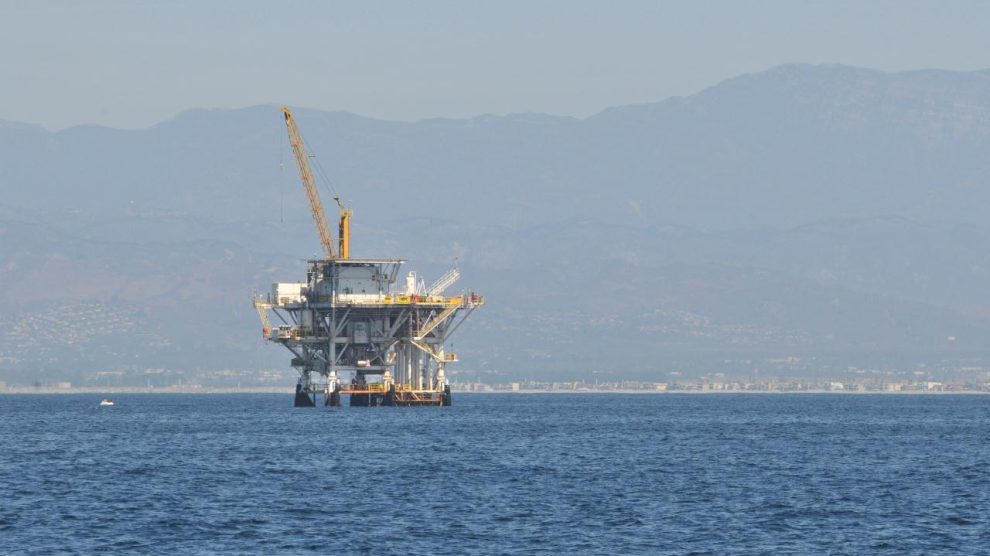The new gas terminal is a go. On Monday, Stefano Bonaccini – President of the Emilia-Romagna region and Extraordinary Governmental Commissioner – signed to authorise the installation of a floating regasification unit (FRSU) off the coast of Ravenna.
- This go-ahead authorises Snam, the operator, to begin construction procedures, which are expected to finish in September 2024 at most. The FRSU will be operational in the last quarter of that year.
- The unit is estimated to guarantee an annual flow of at least 5 billion cubic metres of natural gas. That’s about one-sixth of the amount Italy imported from Russia, or 8% of its yearly consumption.
But that wasn’t the hard one. Another FRSU in the Tuscan city of Piombino was expected to be operational as soon as 2023. But its approval is being delayed by NIMBY (“not in my backyard”) protests and political infighting.
- The region’s own Extraordinary Commissioner, Regional President Eugenio Giani, has authorised the installation. But the paperwork and authorisations are proceeding slowly because the city’s mayor, Francesco Ferrari, has challenged the authorisation and announced that he intends to bring the matter to court.
Political conundrum. Mayor Ferrari has strenuously opposed the project from the get-go. He is a member of Brothers of Italy, the party led by Prime Minister Giorgia Meloni, who is in favour of installing the FRSU in Piombino – but hasn’t overruled Mr Ferrari and urged to explore alternative options.
- “We need to build two FRSUs: one in Ravenna, […] the other in the Upper Tyrrhenian Sea,” said Minister for Business Adolfo Urso to Sky TG24 on Monday. “And we will probably see – others have to deal with it – whether the most suitable site is really Piombino.”
Why Ravenna and Piombino? Stefano Venier, Snam’s CEO, explained those two cities are the best picks because of their ample energy endowments and their position in relation to all the most critical gas transport axes, which converge there.
- “Together, the two poles guarantee 50% of the country’s regasification capacity near the points of greatest consumption, i.e. in the most industrialised and energy-intensive area,” he noted.
- Also, Snam operates one of Europe’s biggest gas storage sites near the Aemilian town of Minerbio.
Meanwhile, Italy is back to drilling. For years, the majority of politicians and parties (including Ms Meloni herself) worked to reduce national gas production. Over the weekend, following an amendment suggested by the new Ministry of Energy Security, the government approved a roadmap to reverse that course by opening the doors to new drilling explorations and permissions.
- According to figures from Assorisorse, an association of mining companies, national production “could increase from 3.3 billion cubic metres [a year] in 2021 to around six by 2025, and over seven in the following years.”
- The increase in domestic production is what Mario Draghi’s government was aiming for: PM Meloni said she is aligned with that objective.




